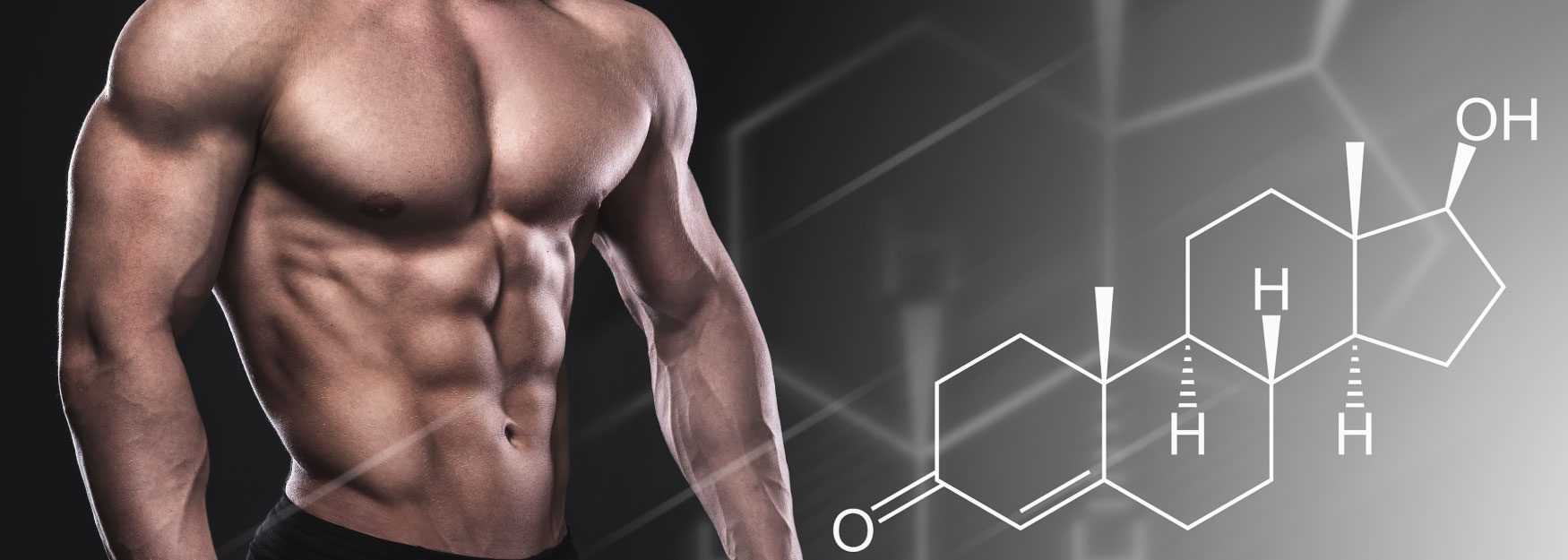5 Surprising Benefits Of Hormone Replacement Therapy That Make You Younger
Approximately after the age of 25, both men and women experience a decline in hormone production – hormones such as progesterone, estrogen and testosterone…
Learn More
Bioidentical hormone replacement therapy (BHRT) is a proven and safe treatment option for those suffering from hormonal imbalances or insufficiencies. At BHRC, our providers have years of experience performing BHRT treatments, so you can feel confident in your decision to undergo this option with our team. We emphasize customized treatment plans and employ a multidisciplinary approach that includes whole-body wellness through various treatments and procedures to help you achieve optimal wellness.
At BHRC, we pride ourselves on using only proven, cutting-edge treatments like BHRT to ensure real, long-lasting results.
Our staff members are experts in performing BHRT treatments and can share their first-hand experiences of real results.
We understand that no two patients are the same. Because of this, every BHRT treatment plan will be customized to you and your needs, including the number of treatments needed to maintain results.
While exercise is a way to stay healthy and reduce cardiovascular and fitness decline with time, it cannot address significant hormonal imbalances like bioidentical hormones can. BHRT directly replaces deficient hormones using biologically identical compounds to alleviate symptoms associated with hormonal decline.
A healthy, balanced diet supports overall wellness by providing essential nutrients to the body to prevent disease and promote natural hormonal balance. However, it is not sufficient for those with significant hormonal balances such as menopause, andropause, or thyroid disorders. Plus, BHRT can target specific hormonal imbalances with precise results, making it ideal for addressing unwanted symptoms.


“I have been coming here for about two years. I have never been one to consider doing anything aesthetic-related to improve my features. It all changed when I received a thorough consultation with the most professional and personable team of clinicians that I’ve experienced, well, ever.”
BHRT is designed to target a range of concerns caused by hormonal deficiencies and imbalances in both men and women. The main concerns this therapy treats include:

At BHRC, we take bioidentical hormone replacement therapy to the next level. Our annual program includes BHRT medication prescribed monthly. We don’t just focus on sex hormones; we collect an in-depth set of blood labs to analyze all your hormones and biomarkers. We have several convenient options for lab processing.
To begin your hormone balancing therapy, you will meet and consult with our medical expert to receive professional guidance on the best course of action to address your hormonal issues and symptoms based on your lab results.
Unlike other wellness programs where you aren’t guaranteed a consistent level of hormone delivery and efficacy, we administer our protocols in small, measured amounts to maximize absorption. This ensures you won’t suffer from bouts of spikes and dips in your physical and mental performance. Our medical expert will assign a personalized protocol formulated just for you to include daily micro-dosages of your prescriptions to ensure a consistent level of hormone delivery all month long.
All prescriptions will be conveniently shipped and delivered to your door on schedule and on time. You will receive ongoing client monitoring and care, including follow-up appointments and consultations as needed, to ensure you get the best results possible.
BHRT offers many benefits for men and women. These include:


Approximately after the age of 25, both men and women experience a decline in hormone production – hormones such as progesterone, estrogen and testosterone…
Learn More
Hair loss isn’t something that women like to talk about, in large part because it’s an uncomfortable topic. Thinning hair can be a major…
Learn More
Men in their mid-twenties and thirties enjoy their youth to the fullest. But, as they grow older, the changes in the body are sometimes…
Learn More